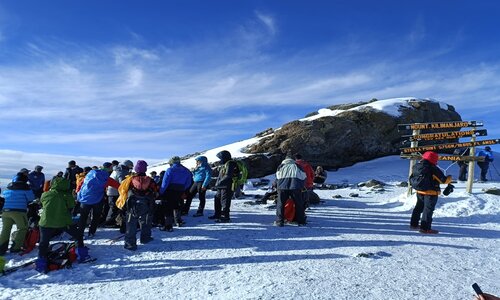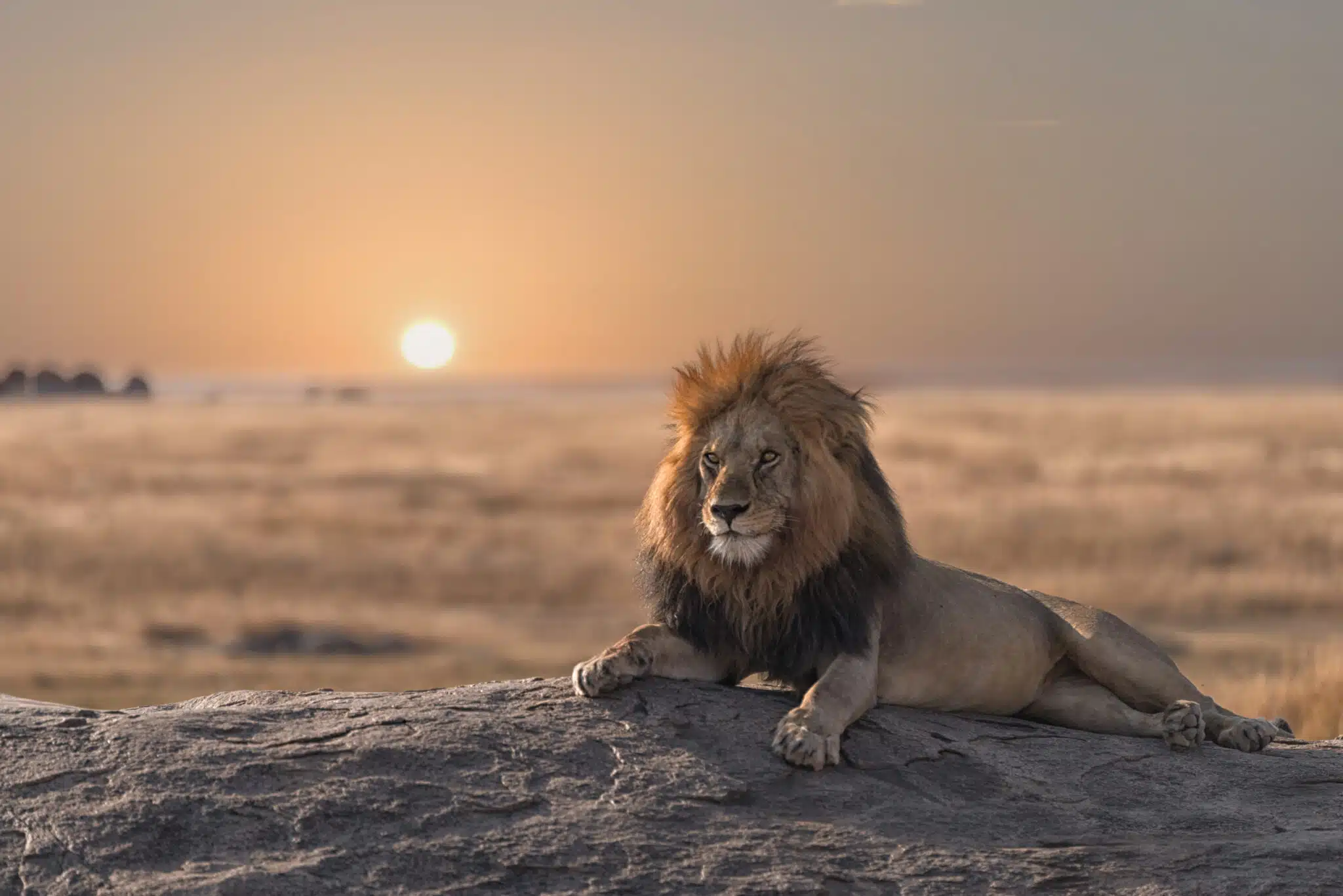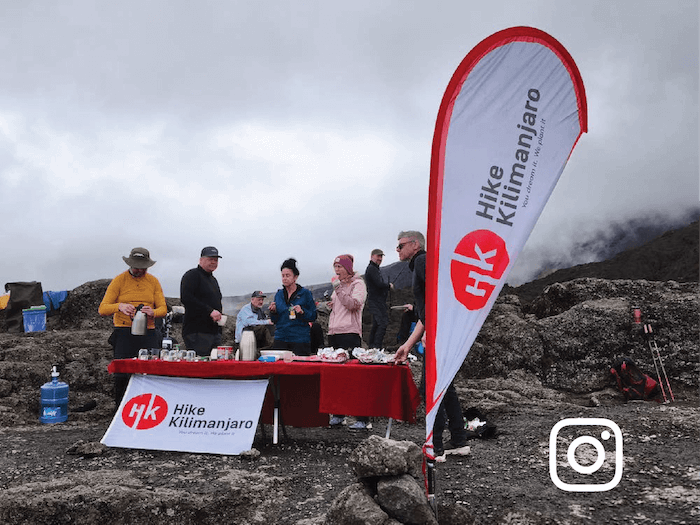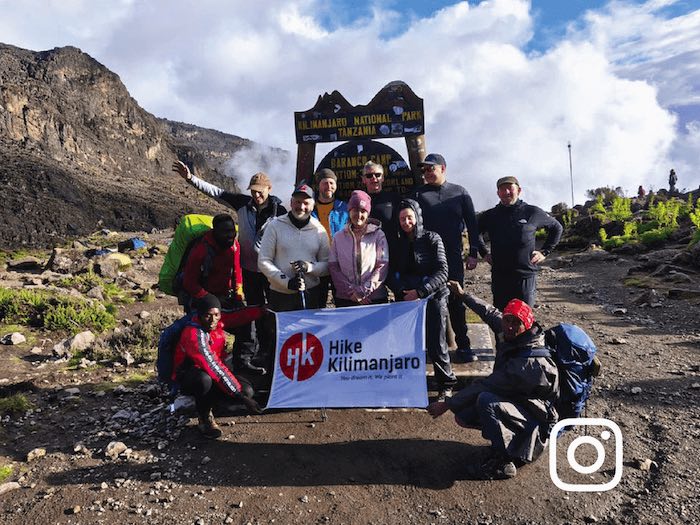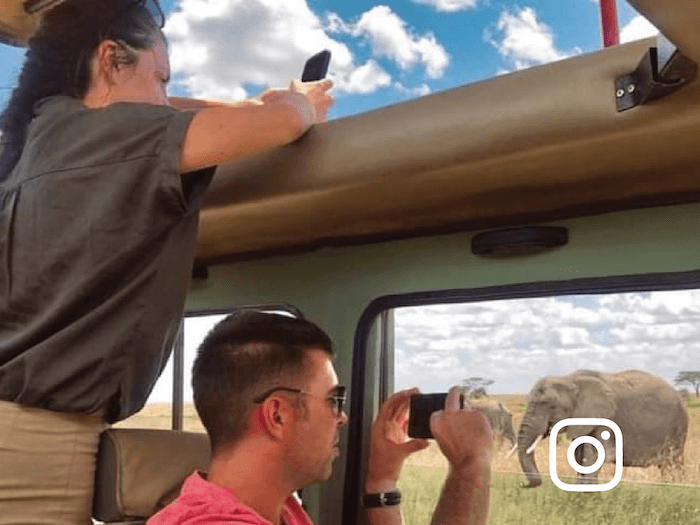The Birdwatcher’s Paradise
Lake Manyara National Park
About Lake Manyara National Park
Lake Manyara National Park, situated in northern Tanzania along the base of the Great Rift Valley escarpment, spans approximately 330 square kilometers, about two-thirds of which is covered by the alkaline Lake Manyara. Though smaller than other northern circuit parks, it offers exceptional biodiversity and scenic variety packed into a compact area. Just 126 kilometers (78 miles) southwest of Arusha, the park makes for an ideal stop on the way to the Ngorongoro Crater or Serengeti.
The park’s diverse landscapes range from groundwater forests and acacia woodlands to open grasslands and the shimmering lake itself. These ecosystems support a rich array of wildlife, including elephants, giraffes, hippos, zebras, and the famous tree-climbing lions unique to the region. The forested areas are alive with troops of baboons and blue monkeys, while the lake attracts thousands of flamingos and over 400 bird species, making it a paradise for birdwatchers.
The dramatic backdrop of the Rift Valley wall adds to the park’s visual appeal, offering breathtaking viewpoints and photography opportunities. With its accessibility, year-round game viewing, and compact beauty, Lake Manyara National Park is an excellent destination for day trips or as part of a longer northern safari circuit.
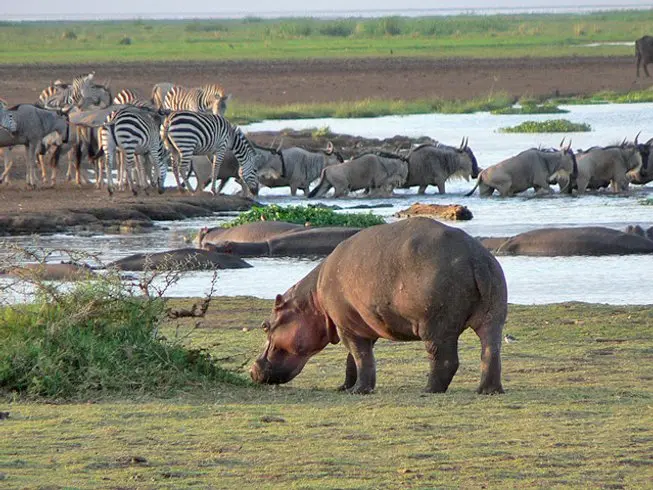
Wildlife of Lake Manyara National Park
Lake Manyara National Park boasts impressive biodiversity within its compact area, offering exceptional wildlife viewing in a range of lush habitats. The park is home to more than 400 bird species, including flocks of pink flamingos, pelicans, storks, hornbills, and the African fish eagle, making it a haven for birdwatchers, especially around the alkaline lake.
Among the park’s most famous residents are the tree-climbing lions, a rare behavior not commonly seen elsewhere in Africa. Elephants are frequently spotted moving through the forested areas, while large troops of baboons, sometimes hundreds strong, dominate the park’s entrance zones. Other commonly seen animals include giraffes, buffaloes, zebras, wildebeests, hippos, impalas, and warthogs.
The diversity of habitats, from dense groundwater forests to open savannas and lakeshore environments, supports a variety of mammals, reptiles, and birds, often visible at close range. While large predators like leopards and hyenas do inhabit the park, sightings are less common due to the dense vegetation. Lake Manyara’s rich wildlife and stunning backdrops make it a rewarding destination for both seasoned safari-goers and first-time visitors.
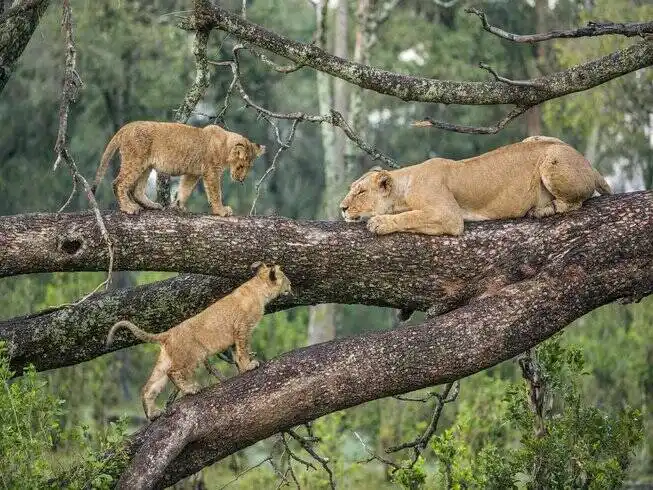
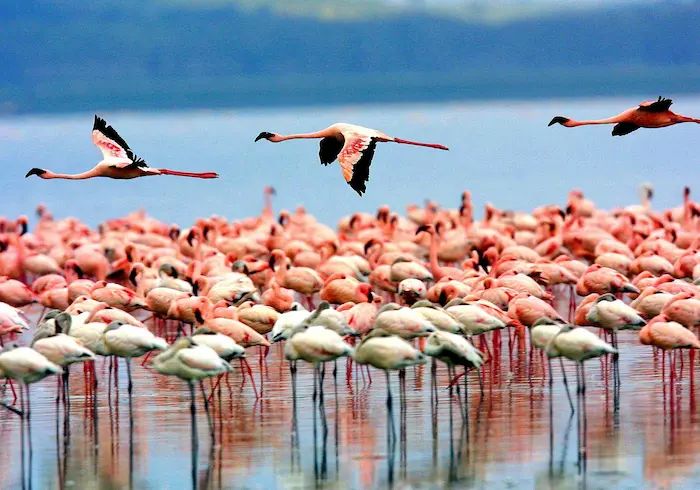
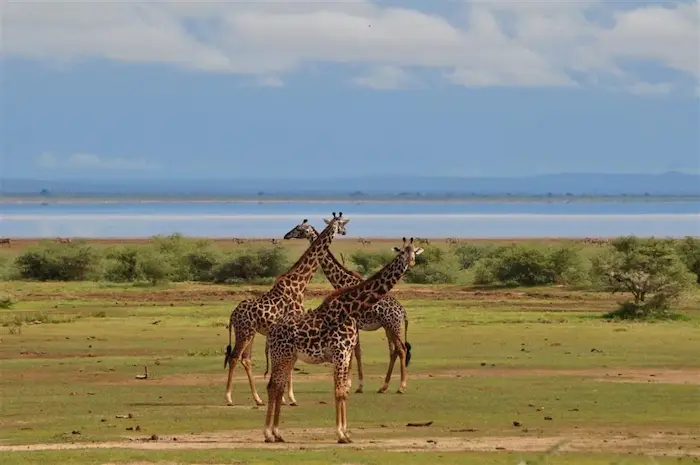
Lake Manyara National Park’s Key Attractions and Activities
Lake Manyara National Park offers a rich mix of landscapes and wildlife experiences suited for visitors of all interests. One of its most iconic features is the shallow alkaline lake itself, which attracts thousands of flamingos and other waterbirds, creating a colorful and dynamic setting for birdwatchers and photographers.
The park is also famous for its tree-climbing lions, often spotted lounging on branches, a rare and fascinating behavior that draws safari-goers worldwide. Game drives through the groundwater forest and open plains offer opportunities to see elephants, giraffes, zebras, and large baboon troops up close.
Adventure seekers can enjoy guided walking safaris along the forested escarpment or cultural tours in nearby Mto wa Mbu village, providing insights into the daily life and traditions of local communities. With its diverse terrain, abundant wildlife, and scenic beauty, Lake Manyara National Park delivers an intimate and rewarding safari experience, ideal for both short visits and as part of a northern Tanzania safari circuit.
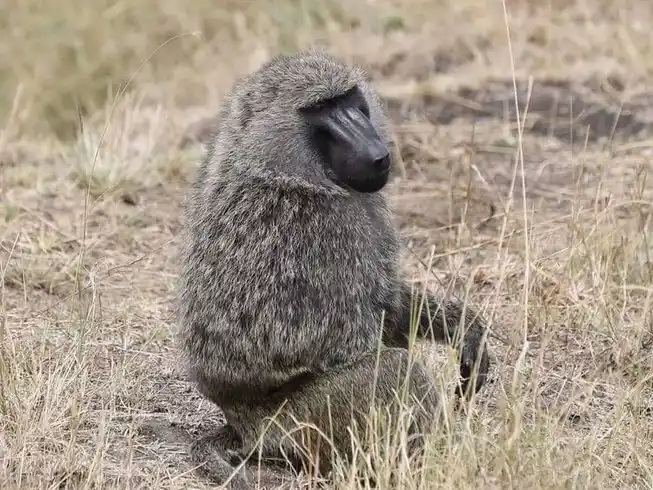
The Origin of the Name "Lake Manyara National Park"
The name “Manyara” is believed to have origins in the Maasai language, the word often interpreted to mean “the place of water” or “place of the lake.” The Maasai people, a Nilotic ethnic group renowned for their pastoralist lifestyle, have lived in the areas surrounding Lake Manyara for centuries, maintaining a deep connection to the land and its natural resources. The lake and its surrounding ecosystems have long been central to their cultural and economic life, providing water, grazing grounds, and spiritual significance.
Unlike names such as Kilimanjaro and Arusha, which have multiple linguistic interpretations or ties to specific ethnic groups, “Manyara” reflects the intimate relationship between the Maasai people and the lake that defines this region. The park’s name thus honors both the geographic feature and the indigenous community whose history and traditions are interwoven with the landscape.
Lake Manyara National Park was officially named after this iconic lake, emphasizing its importance as a focal point of the park’s diverse wildlife habitats and scenic beauty. The name continues to symbolize the balance between nature and culture, highlighting the enduring stewardship of the Maasai and their role in preserving the ecological and cultural heritage of northern Tanzania.
Choosing the Best Experience in Lake Manyara National Park
Which is the Best for You?
Deciding how to explore Lake Manyara National Park depends on your interests, fitness level, and the time you have available. Whether you’re drawn to wildlife viewing, birdwatching, or scenic exploration, the park offers diverse experiences suited to different preferences.
For those seeking a relaxed day trip, the game drives around the lake and its surrounding woodlands provide excellent opportunities to see elephants, hippos, baboons, and the park’s famous tree-climbing lions. These drives are perfect for families and travelers wanting a comfortable safari experience with abundant wildlife sightings in a compact area.
If you enjoy birdwatching or quieter adventures, walking safaris along the lake’s fringes and in the acacia woodlands allow close encounters with flamingos, pelicans, and other waterbirds, as well as monkeys and smaller mammals. Canoeing trips on the lake offer a unique perspective on the vibrant ecosystem, ideal for nature lovers and photographers.
Ultimately, the best way to experience Lake Manyara National Park depends on your personal interests and activity level. Combining game drives, walking safaris, and canoeing can create a varied and unforgettable visit tailored to your goals and pace.
These full and frank reviews are from travelers who have traveled with Hike Kilimanjaro previously. The reviews and experiences shown here are from reputable travel websites like TripAdvisor, Google, Facebook, and Trust Pilot, etc.
EXCELLENTVerified "This 3-day luxury safari combined with a Kilimanjaro hike exceeded all my expectations. "This 3-day luxury safari combined with a Kilimanjaro hike exceeded all my expectations. The accommodations were elegant and comfortable, and the guides were knowledgeable and friendly. The safari offered incredible wildlife photography opportunities, and climbing Kilimanjaro was a true test of endurance and strength, but the stunning vistas made it all worthwhile. An exceptional journey that I will cherish forever."Posted onVerified "My entire expectations were surpassed by climbing Kilimanjaro. "My entire expectations were surpassed by climbing Kilimanjaro. When one reaches Uhuru Peak, the sensation of accomplishment is indescribable. Because of the well-planned logistics, the amiable crew, and the breathtaking environment, the entire hike was easy and fun. It is a very remarkable event that I would gladly repeat. For adventurers, it's a must.Posted onVerified Tanzania truly offers a world-class experience. "My trek up Mount Kilimanjaro in Tanzania exceeded all my expectations. The stunning scenery, from lush rainforests to icy glaciers, was awe-inspiring. The local guides and porters were incredibly supportive and professional, ensuring a safe and enjoyable climb. It was challenging but incredibly rewarding. Tanzania truly offers a world-class experience for anyone looking to conquer Africa’s highest peak."Posted onVerified I feel accomplished and thankful. Kilimanjaro climbing was satisfying and difficult at the same time. Along the way, there was breathtaking natural splendour and a variety of diverse habitats. The guiding team's assistance was outstanding and got us through some really difficult times. After completing this amazing journey, I feel accomplished and thankful.Posted onVerified Thanks to their knowledgeable advice. From beginning to end, Hike Kilimanjaro offered a smooth and well-planned trip. Their staff made sure we were at ease and ready by being helpful and considerate. Thanks to their knowledgeable advice, climbing Kilimanjaro was difficult but incredibly gratifying. They are the ones I would most certainly pick again for excursions in the future.Posted onVerified "An amazing and well-planned adventure. "An amazing and well-planned adventure! The climb was fun and safe because of the team's experience and upbeat demeanour. I was encouraged by the journey and pleased to have reached the top of Africa.Posted onVerified Highly recommended this tour agency. Wonderful experience! We had a fantastic trip and enjoyed the entire team; we always felt very protected and taken care of. Highly recommended. I want to thank Keddy in particular; you were the best mentors .Posted onVerified "My Kilimanjaro trek was an extraordinary experience. "My Kilimanjaro trek was an extraordinary experience. The route was well-organized, and the staff was attentive and encouraging throughout the climb. The sense of accomplishment upon standing on the summit was overwhelming. The scenery, the challenge, and the sense of connection with nature made this hike truly special. I highly recommend it to anyone looking for a once-in-a-lifetime adventure."Posted onVerified Well Organized and Unforgettable. Hiking Kilimanjaro with a well-run tour company was an incredible experience. The crew was courteous and made sure we were fed, acclimated, and inspired at every stage. The support from porters and guides, as well as the companionship among hikers, helped to make the difficult days bearable. It was weird to be at the top above the clouds. Undoubtedly a life-long accomplishment I will always treasure.Posted onVerified Top notch safari The customer service is on point. Drivers were there to pick us up on time. We saw all the big 5 in Serengeti /Ngorongoro Crater.The accommodation booked Embalakai had great food and staff.Couldn't have asked for a better safari experience. Top notch
Speak to an Expert
Need assistance with your booking? Our friendly Tanzania-based expert team is here to help. Feel free to reach out with any travel-related questions or concerns.

Maxon

- WhatsApp +255 692 406 444


